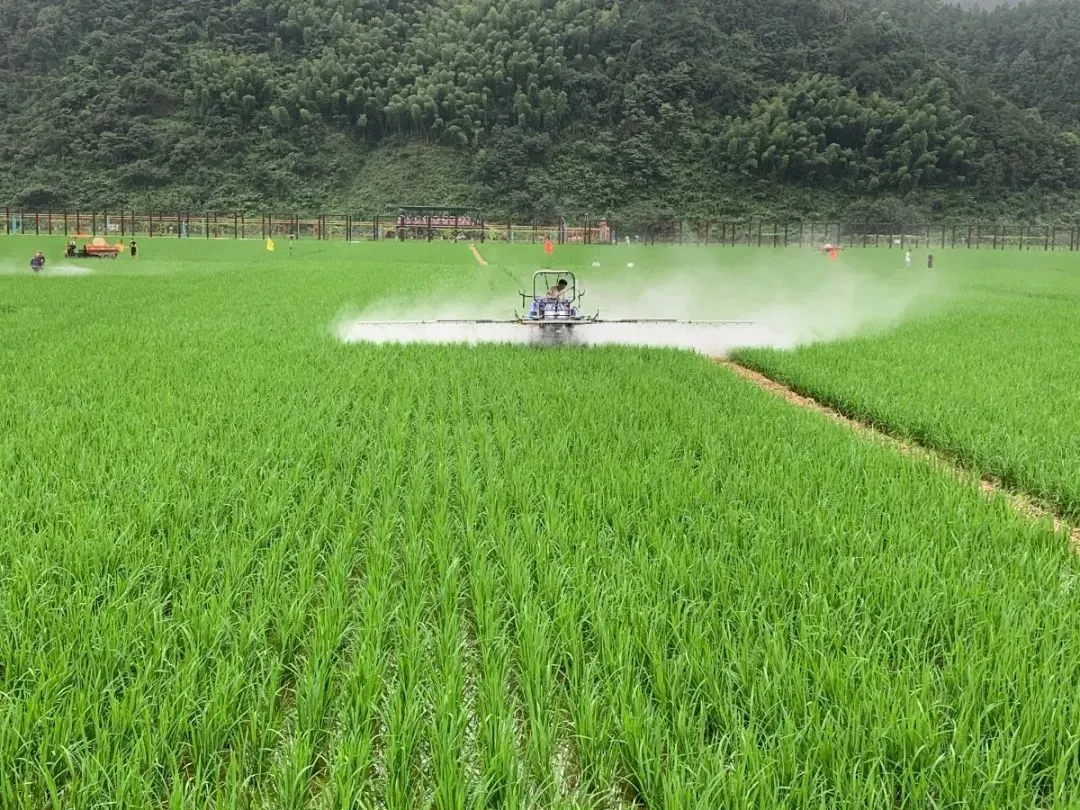
Nov . 06, 2024 17:02 Back to list
Pymetrozine 50 WG Dosage Guidelines for Effective Pest Control Applications
Understanding Pymetrozine 50 WG Dosage A Comprehensive Guide
Pymetrozine, a systemic insecticide classified in the chemical group of pyridine, is primarily utilized in agricultural settings to control various sucking insects like aphids, whiteflies, and thrips that can significantly damage crops. Formulated as a water-dispersible granule (WG), Pymetrozine 50 WG has gained traction among farmers due to its effectiveness, residual activity, and favorable safety profile for beneficial insects when used appropriately.
Mode of Action
Pymetrozine functions primarily by disrupting the feeding behavior of pests. It interferes with their nervous systems, leading to cessation of feeding and ultimately resulting in their death. Unlike many traditional insecticides that kill pests upon direct contact or ingestion, Pymetrozine targets the pest's ability to consume the plant material. This unique mode of action not only minimizes damage to the crop but also reduces the risk of developing pest resistance.
Importance of Dosage
When applying any chemical pesticide, adhering to recommended dosages is crucial for maximizing efficacy while minimizing adverse effects on non-target organisms and the environment. Pymetrozine 50 WG typically comes with a recommended dosage of 100 to 300 grams per hectare, depending on the specific crop and pest species being targeted. It is important to consult the product label or local agricultural extension services for precise dosage recommendations tailored to individual circumstances.
Factors Influencing Dosage
Several factors can affect the appropriate dosage of Pymetrozine 50 WG
1. Crop Type Different crops may have varying tolerance levels to insecticides. For instance, sensitive crops like cucumbers or tomatoes may require lower dosages compared to robust crops like corn or soybeans. 2. Pest Infestation Levels The severity of the pest outbreak directly influences the dosage needed. Early interventions during mild infestations may require lower dosages, while heavy infestations may necessitate higher applications.
3. Timing of Application Timing is critical in pest management. Applications should coincide with the early stages of pest development for optimal efficacy. Additionally, environmental conditions such as temperature and humidity can affect the performance of Pymetrozine, which may in turn influence the required dosage.
pymetrozine 50 wg dosage company

4. Weather Conditions Rainfall or irrigation shortly after application can reduce the effectiveness of Pymetrozine. In such scenarios, farmers may need to adjust the dosage to ensure sufficient pest control.
Application Methods
Pymetrozine 50 WG should be applied using appropriate equipment to ensure uniform distribution over the crop. Common application methods include
- Spray Application Mix the required dosage with water and spray onto the crops, ensuring thorough coverage for effective pest control. - Soil Application In some cases, Pymetrozine can be incorporated into the soil, especially for specific crops that might benefit from root uptake of the insecticide.
Safety and Environmental Considerations
While Pymetrozine is considered safer for beneficial insects compared to many traditional insecticides, it is still essential to follow safety guidelines to mitigate any risks. Protective gear should be worn during application to safeguard against skin and respiratory exposure. Proper storage of the product in a cool, dry place away from direct sunlight will ensure its efficacy and longevity.
Environmental considerations should also guide the decision on when and how to apply Pymetrozine. Avoid applying during windy conditions to prevent drift onto non-target plants or water sources.
Conclusion
Pymetrozine 50 WG is a powerful tool for farmers facing pest challenges in their crops. Understanding the appropriate dosage, application methods, and safety precautions can help maximize the benefits of this insecticide while maintaining ecological balance. As with any pesticide, responsible and informed use will not only improve agricultural productivity but also protect beneficial organisms and the environment. For more tailored advice, consulting with agricultural extension services and reviewing product guidelines is recommended to ensure the best outcomes in crop management.
-
Herbicide Mesotrione: Advanced Herbicide Solutions for Corn Field Weed Control
NewsJul.12,2025
-
Buy Penoxsulam Herbicide - Selective Weed Control Solution for Lawns & Crops
NewsJul.08,2025
-
Malathion and White Oil Effective Insecticide for Citrus & Ornamentals
NewsJul.08,2025
-
Best Section Fungicide Solutions Effective Carbendazim & Copper Fungicides for Citrus Trees
NewsJul.08,2025
-
Types of Herbicides Explained Discover 5 Types of Selective Herbicides for Effective Weed Control
NewsJul.07,2025
-
Buy Bifen Chemical – Safe Termiticide for Dogs & Effective Pest Control Solutions
NewsJul.07,2025
